Archive for May, 2020
2020 Poland: Virtual Tours
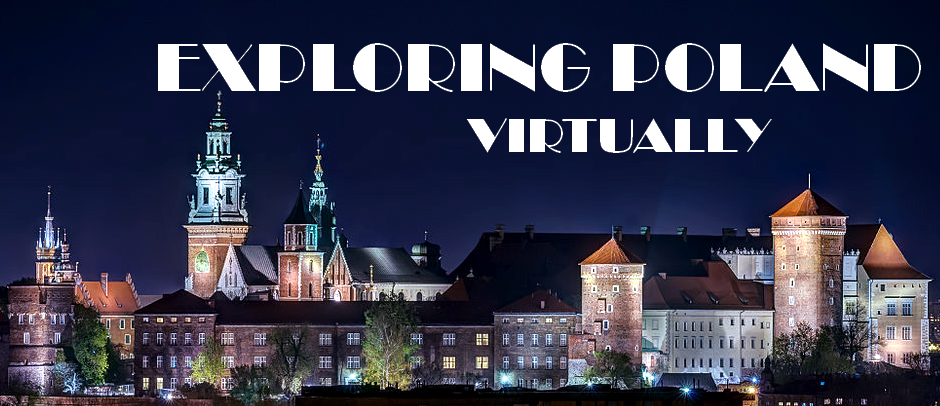
Wawel Royal Castle (Zamek Królewski na Wawelu): As part of the Cracow’s Historic Centre (the Old Town), the Wawel Royal Castle was among the very first sites inscribed on the UNESCO World’s Heritage list in 1978. The castle is one of the most historically and culturally significant 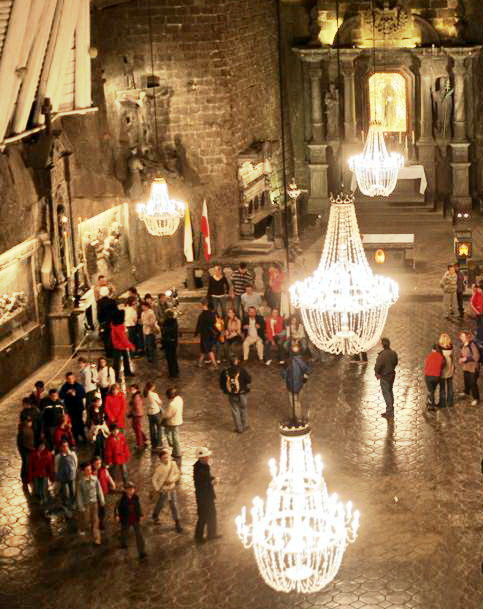 sites in Poland and the viewable online Lanckoroński Collection is one of its finests. Virtual tour link
sites in Poland and the viewable online Lanckoroński Collection is one of its finests. Virtual tour link
Wieliczka Salt Mine (Kopalnia Soli w Wieliczce): Existing since the 13th century, the mine was placed on the UNESCO’s list of World Heritage Sites in 1978 (the site extended later to include the Bochnia Salt Mine and Żupny Castle). The Wieliczka’s tourist route is about 3 km long, includes 20 chambers, located at depths from 64 to 135 meters, an underground lake and numerous statues carved in salt. Virtual tour link
Royal Castle in Warsaw (Zamek Królewski w Warszawie): Placed on the UNESCO’s list of World Heritage Sites along with the Old Town in 1980, it receives about 500,000 visitors a year. The castle was totally destroyed by German occupiers during the WWII and reconstructed in 1971-1984.Virtual tour link
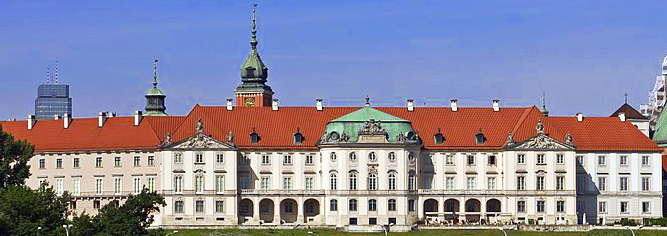
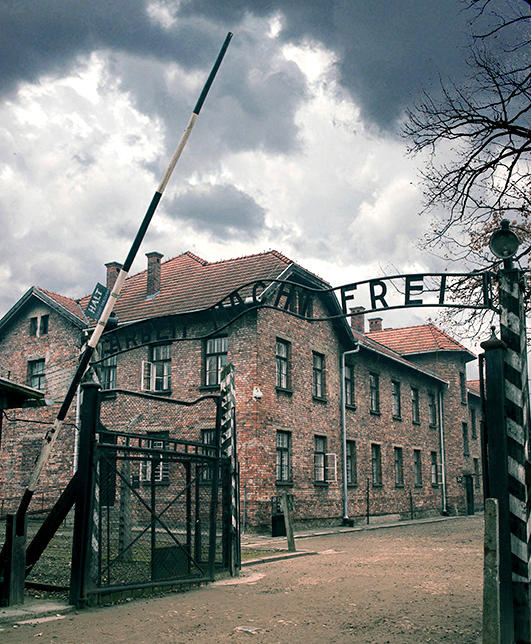
Auschwitz-Birkenau State Museum (Państwowe Muzeum Auschwitz-Birkenau): Placed on the UNESCO’s list of World Heritage Sites in 1979, the site’s name was changed to “Auschwitz Birkenau: German Nazi Concentration and Extermination Camp (1940-1945)” in 2007. The museum preserves the memory of the 1.1 million people killed in the camp during German occupation of Poland. Virtual tour link
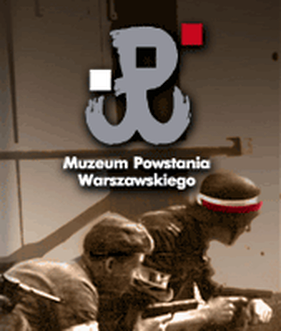 Warsaw Uprising Museum (Muzeum Powstania Warszawskiego): Opened to commemorate the 60th anniversary of the uprising in 2004, the museum preserves its history and materials (artifacts, documents) related to the Polish Underground State. Virtual tour link
Warsaw Uprising Museum (Muzeum Powstania Warszawskiego): Opened to commemorate the 60th anniversary of the uprising in 2004, the museum preserves its history and materials (artifacts, documents) related to the Polish Underground State. Virtual tour link
Malbork Castle (Zamek w Malborku): Placed on the UNESCO’s list of World Heritage Sites in 1997, this 13-th centuryTeutonic fortress is the largest castle in the world by land area and one of the finest examples of Gothic architecture. Virtual tour link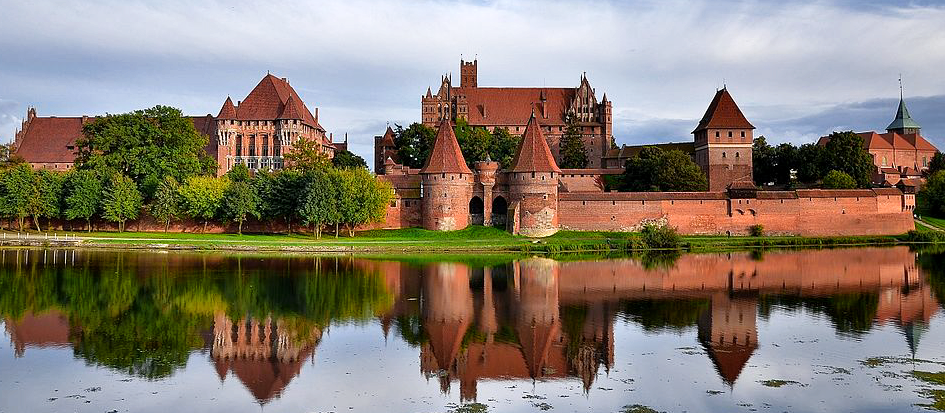
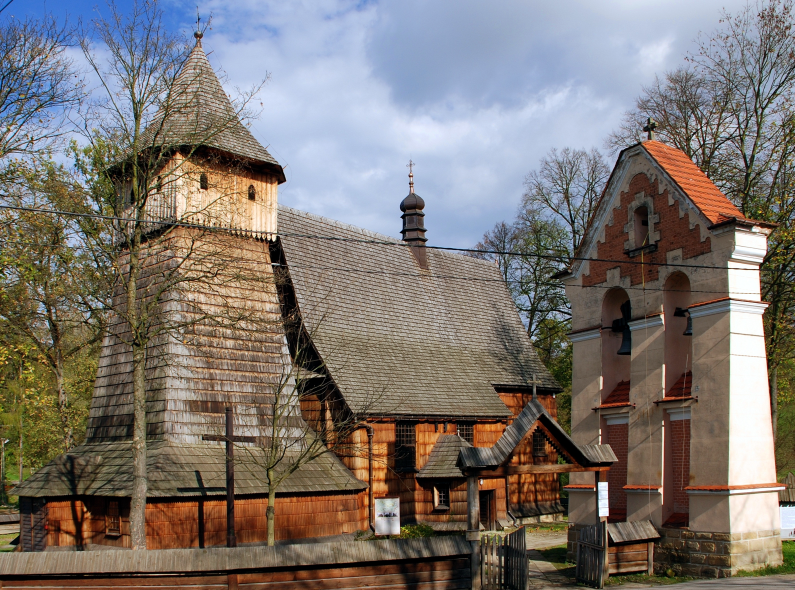 St. Michael Archangel’s Church in Binarowa (Kościół św. Michała Archanioła w Binarowej): Built around 1500 in Gothic style, this is one of the group of six wooden churches inscribed on UNESCO World’s Heritage list as Wooden Churches of Southern Lesser Poland. Virtual tour link
St. Michael Archangel’s Church in Binarowa (Kościół św. Michała Archanioła w Binarowej): Built around 1500 in Gothic style, this is one of the group of six wooden churches inscribed on UNESCO World’s Heritage list as Wooden Churches of Southern Lesser Poland. Virtual tour link
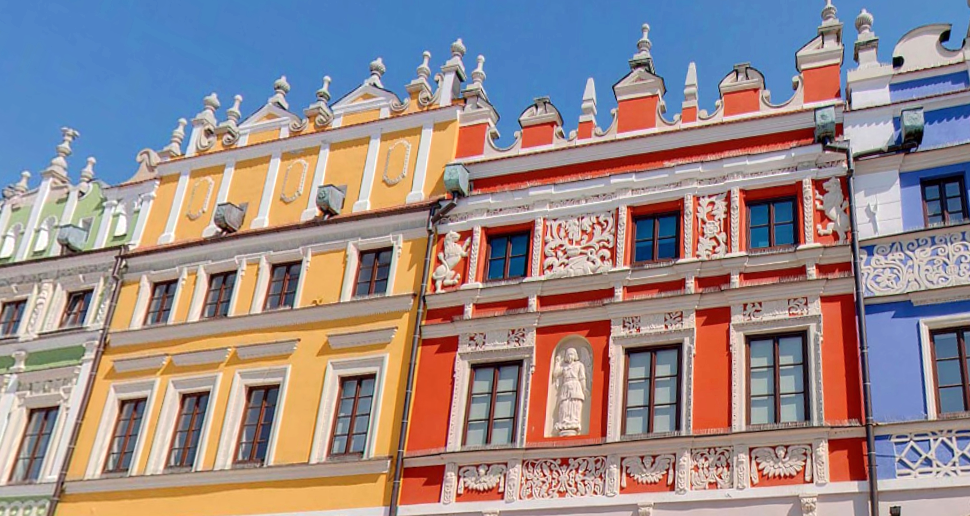 Old City of Zamość (Stare Miasto w Zamościu): Inscribed on the UNESCO World’s Heritage list in 1992, Zamość is a unique example of the late 16th century Renaissance urban designs based on the Italian theories of the ‘ideal city.’ Its Old Town has many historic buildings – including the so-called “Armenian houses” that nowadays hold collections of the Zamoyjski Museum, named by the city founders. Virtual tour link
Old City of Zamość (Stare Miasto w Zamościu): Inscribed on the UNESCO World’s Heritage list in 1992, Zamość is a unique example of the late 16th century Renaissance urban designs based on the Italian theories of the ‘ideal city.’ Its Old Town has many historic buildings – including the so-called “Armenian houses” that nowadays hold collections of the Zamoyjski Museum, named by the city founders. Virtual tour link
Zamoyski Museum in Kozłówka Palace (Muzeum Zamoyskich w Kozłówce): Belonging to the Zamoyski family between 1799-1944, the palace’s splendor reached its peak in early 20th century when owners aimed to turn it into the greatest aristocratic residence in Poland. Despite falling into the hands of Soviet Red Army in 1944, most artifacts survived untouched and the level of museum’s authenticity is very rare by European standards. Interestingly, the carriage house of the palace hosts now a museum of socrealism art. Virtual tour link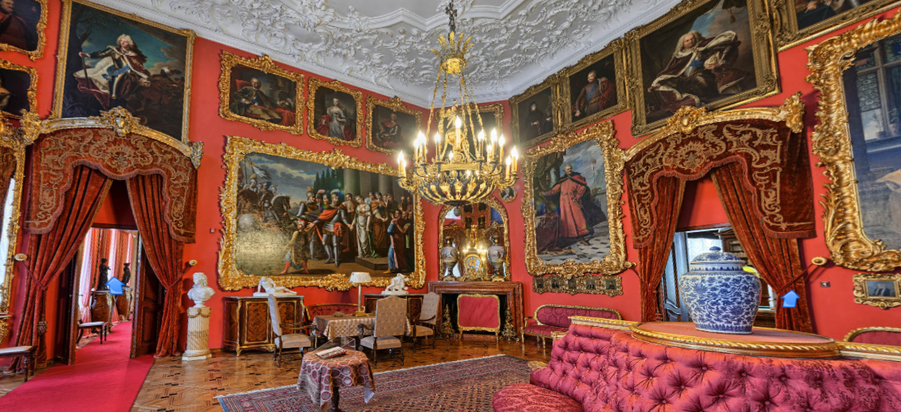
Centennial of John Paul II’s Birth
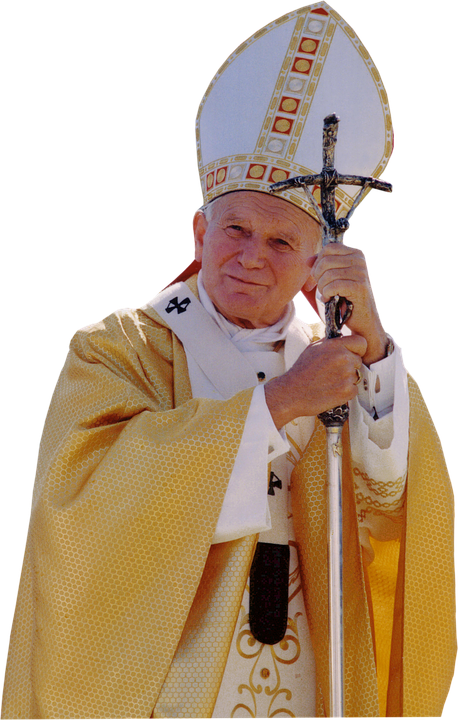
ST. JOHN PAUL II
100th Birthday
May 18, 2020 marks the 100th anniversary of the birthday of Saint John Paul II. He was the first non-Italian pope in 455 years and the first one ever from the Slavic country (born Karol Józef Wojtyła in Wadowice, Poland). Notably, Poland remained behind the Iron Curtain at the time of his birth (May 18, 1920) and election to papacy (October 18, 1978). His pontificate was the third longest in the history (26 years) and his canonization process started just one month after he died on April 2, 2005. Following the canonization on April 27, 2014, his feast day as a saint is celebrated on October 22.
CELBRATORY EVENTS STREAMED LIVE:
Archdiocesan Shrine of St. John Paul II in Orchard Lake, MI
4 PM (CDT) on Sunday, May 17, 2020
Called often the “Polish Pope,” the “Millennial Pope,” the “Pope Pilgrim” or “”St. John Paul the Great,” he has a special place in the history of Poland and the world. His life mission was to fight for the dignity and respect of every human being. Viewing Polish heritage as a foundation of his openness to the diversity of people, he advocated dialogue between the followers of all religions, and campaigned against political oppression and materialistic attitues plaguing the West. The influence of his teachings still extends well beyond the usual scope of Catholic Church.
John Paul II made pastoral journeys to 129 countries, attracting huge crowds in every corner of the world he visited. As Polish Americans, we never forget his first pilgrimage to Poland (1979) for it gave rise to the emergence of “Solidarity”, liberation of the nation from the communist rule and reconstruction of the unity of Europe. We also remember his seven visits to the United States and his words directed to Polonia communites around the world:
“Poland and Polonia communities abroad: In certain respects two different yet supplementary, complementary parts of the same realm, the same soul, culture, thinking and feeling, and history, aspirations, disenchantments, victories and defeats. (…) Today I repeat yet again that Polonia is important to Poland, just as Poland is important to Polonia. Both need each other reciprocally. Both need spiritual, moral and religious renewal; a continual renewal that shapes the inner core of a person, core of the family, society, core of the nation. (Holy Mass for representatives of Catholic Polonia community, Vatican, February 26, 1989.).”
(click on the rectangle in right corner for full screen view).
Originally in Polish: “Polska i Polonia zagraniczna. Pod pewnym względem dwie różne, ale uzupełniające się, komplementarne częśći tej samej rzeczywistości, tej samej duszy, kultury, myślenia i czucia, i dziejów, aspiracji, zawodów, zwycięstw i porażek. (…) Dziś powtórzę jedno raz jeszcze, że Polonia jest ważna dla Polski, tak jak Polska jest ważna dla Polonii. Obie są sobie wzajemnie potrzebne. Obie potrzebują duchowej, moralnej, i religijnej odnowy; nieustannej odnowy, bo z niej rodzi się wewnętrzny ład człowieka, ład rodziny, społeczeństwa, ład narodu… (Msza św. dla przedstawicieli katolickich środowisk polonijnych, Watykan, 26 lutego 1989 r.)”
2020 Celebrating Polish Flag, Polonia and Constitution of May 3rd
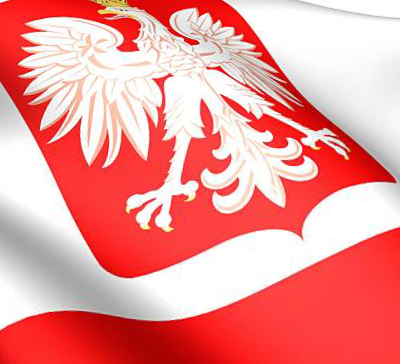
Polish Flag Day (May 2nd)
“We celebrate the Polish Flag Day today. We look at our national colors and our national symbols that day, remembering their meaning and importance. The white and red flag unites us and reminds us that we are Poles. We look at her with pride and hope, with joy and satisfaction, and when she accompanies us away from homeland, with nostalgia and longing.”
Originally in Polish: “Obchodzimy dziś Dzień Flagi Rzeczypospolitej Polskiej. Spoglądamy tego dnia na nasze narodowe barwy i nasze narodowe symbole, przypominając sobie ich znaczenie i wagę. Biało-czerwona flaga jednoczy nas i przypomina, że jesteśmy Polakami. Patrzymy na nią z dumą i nadzieją, z radością i satysfakcją,
a gdy towarzyszy nam ona z dala od Ojczyzny, także z nostalgią i tęsknotą.”
President Andrzej Duda on May 2, 2020 ……..
National Flag Day was established in 2004 to draw attention of Poles to the importance of the flag and national symbols. The current Polish flag was adopted on February 9, 1990. The white symbolises peace and the red color is believed to symbolise the blood shed in the country’s fight for independence. Read more here
Day of Polish Diaspora and Poles Abroad

“Every year on May 2 we emphasize that Poland does not have 38 million citizens. Poland is 60 million Polish women amd men living all over the world…Dear compatriots, I want to thank you for being and representing Poland so nobly with your work and talent around the globe.”
Originally in Polish: “co roku 2 maja ze szczególną mocą podkreślamy, że Polska nie liczy sobie 38 mln obywateli. Polska to 60 mln Polek i Polaków żyjących na całym świeciem….Drodzy rodacy, chcę wam podziękować za to, że jesteście, za to, że swoją pracą i swoim talentem tak godnie reprezentujecie Polskę na całym globie.”
Prime Minister Mateusz Morawiecki on May 2, 2020 ……..
“On this day, Poles throughout the country in a special way connect their thoughts with those who, being part of the Polish nation, found their new home in exile. We think especially of those who stayed in their homes, but already outside the borders of modern Poland. I would like to express my great respect and thanks to all those who, despite the difficulties and remoteness, did not give up contact with their homeland and did not forget about the speech of their ancestors, passing on Polishness to subsequent generations.”
Originally in Polish: “W tym dniu Polacy w całym kraju w sposób szczególny łączą się myślami z tymi, którzy będąc częścią narodu polskiego znaleźli swój nowy dom na obczyźnie. Myślimy zwłaszcza o tych, którzy pozostali w swoich domach, ale już poza granicami współczesnej Polski. Chcialbym wyrazic wielki szacunek i podziękowania dla wszystkich, którzy pomimo trudności i oddalenia nie zaniechali kontaktów z ojczyzną i nie zapomnieli o mowie swoich przodków, przekazując polskość kolejnym pokoleniom.”
Minister of Foreign Affairs, Jacek Czaputowicz, on May 2, 2020 ……..
Day of Polish Diaspora and Poles Abroad was established in May 2002 to recognize the “long-standing achievements and contribution of the Polish diaspora and Poles living abroad in helping Poland regain its independence, of their loyalty and attachment to their Polish identity, as well as of their assistance to the homeland in times of need. Read more here
Polish Constitution Day
Polish Constitution of May 3rd, 1791 was the first written national constitution in Europe and the world’s second, after the Constitution of the United States.
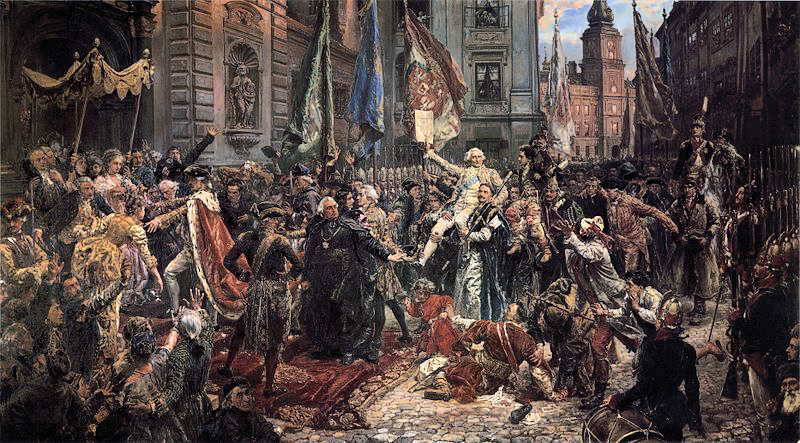
Jan Matejko’s (1838-1893) painting shows Polish King Stanislaus Augustus, members of the Polish Parliament (Sejm) and Warsaw inhabitants entering
St. John’s Cathedral for swearing in the newly adopted constitution.
Archived Posts
- 2023 Merry Christmas
- 2023 Lighting the Light of Freedom on Dec 13 at 7:30pm
- Independence Day and Veteran Day invitation
- 2023 Wianki Festival
- 2023 May 3rd Constitution Day Celebration
- 2023 Lecture on Polish Borders by Prof. Don Pienkos
- 2023 REMEMBER THIS: Jan Karski movie premieres on PBS Wisconsin
- 2023 Upcoming lectures in the Polish Center of Wisconsin
- 2022 Polish National Independence Day
- 2022 Independence and Veteran Day Luncheon (invitation)
- 2022 Wianki, Polish Celebration of Noc Świętojańska (St. John’s Night)
- Celebrating Constitution of May 3, 1791 in Polish Center of Wisconsin
- 2022 Polish Constitution Day, Polish Flag Day and the Day of Polonia
- 2022 March Bulletin
- 2022 Polonia For Ukraine Donations
- 2022 Polish American Congress Condemns Russian Invasion of Ukraine
- 2022 PAC-WI State Division Letters to WI Senators and Representatives
- 2021 Polish Christmas Carols
- 2021 Panel Discussion: Martial Law in Poland 1981-1983 (REPORT)
- 2021 Panel Discussion: Martial Law. Poland 1981-1983 (invitation)
- 2021 Solidarity: Underground Publishing and Martial Law 1981-1983
- 2021 Polish Independence Day and Veterans Day
- 2021 Polish Independence Day and Veterans Day Luncheon
- 2021 Prof. Pienkos lecture: Polish Vote in US Presidential Elections
- 2021 POLISH HERITAGE MONTH EVENTS
- 2021 “Freedom” Monument Unveiled in Stevens Point, Wisconsin
- 2021 PCW Picnic and Fair
- 2021 Remembering Września Children Strikes (1901-1903)
- 2021 May 3 Constitution Day
- 2021 DYKP Contest Winners and Answers
- 2021 DYKP CONTEST EXTENDED and CASIMIR PULASKI DAY
- 2021 February announcements
- 2021 Polish Ministry of Education and Science oficials visit Wisconsin
- 2021 DYKP Contest, KF Gallery and Dr. Pease lectures
- 2020 Help Enact Resolution commemorating the 80th Anniversary of the Katyn Massacre
- 2020 Independence And Veterans Day
- 2020 Remembering Paderewski
- 2020 POLISH HERITAGE MONTH
- 2020 Solidarity born 40 years ago
- 2020 Battle of Warsaw Centenary
- 2020 The Warsaw Rising Remembrance
- 2020 June/July News: Polish Elections, Polish Films Online and more
- 2020 Poland: Virtual Tours
- Centennial of John Paul II’s Birth
- 2020 Celebrating Polish Flag, Polonia and Constitution of May 3rd
- 2020 Polish Easter Traditions
- 2020 Census and Annual Election
- Flavor of Poland (Update 3)
- 2020 Copernicus, Banach & Enigma talk
- 2020 Do You Know Poland and other announcements
- 2020 Flavor of Poland (Update 2)
- 2020 People and Events of the Year
- 2019 Holidays
- 2019 December Medley
- 2019 Independence Celebration
- 2019 Independence Invitation
- 2019 WI Study in Poland Reports
- Lecture: Poland’s Entry Into the NATO
- August 2019 anniversaries
- 2019 Polish Fest
- Celebrating Polish Constitution and Ignacy Paderewski
- WSIP 2018 Reports (Wisconsin Study in Poland)
- 2018 Christmas Carols
- 2018 Polish Independence and Veterans Day
- November 2018 events
- October 2018 Events
- 2018 Kashube Lecture Notes
- September 2018 events
- 2018 Polish Fest Report
- Upcoming 2018 Polish Fest
- Celebrating Polish Constitution Day
- Poland 1979-1989 (panel discussion)
- Protest the Passage of S.447 in the U.S. House of Representatives


